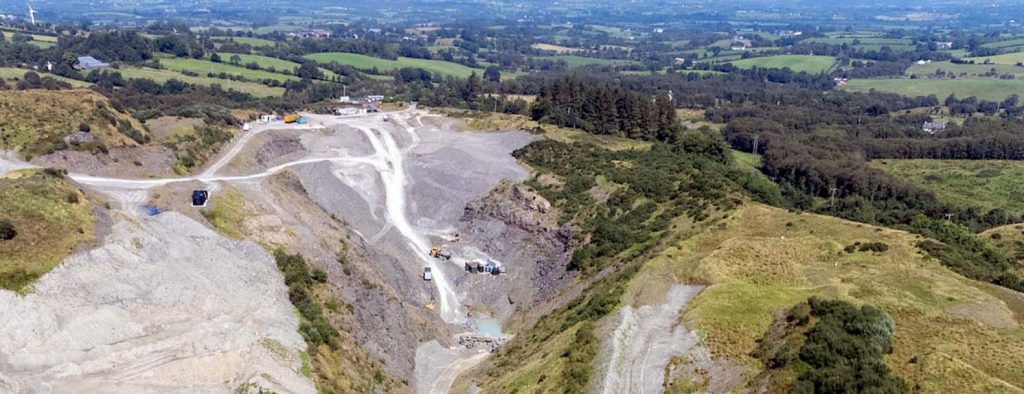Galantas Gold drills 14.2 g/t gold over 4.5 metres at Omagh, Northern Ireland

Galantas Gold Corp. [GAL-TSXV, AIM; GALKF-OTCQX] reported results for four holes from its continuing drill program at the Omagh project in Northern Ireland. Three holes were drilled from an underground platform toward the south of the development on the Kearney vein, and one was drilled from a new platform in the north.
Drilling highlights:
Hole FR-DD-22-UG-191 targeted a northern extension to a proposed dilation zone within the Kearney vein, intersecting 6.3 g/t gold) and 32.1 g/t silver over 11 metres. This includes a higher grade section of 14.2 g/t gold and 59.3 g/t silver over 4.5 metres.
Hole FR-DD-22-UG-188, drilled from the lowest drill platform, intersected the main Kearney vein 40 metres below the resource model at 9.3 g/t gold and 23.3 g/t silver over 2.9 metres.
Holes FR-DD-22-UG-187 and 184 both intersected the main Kearney vein and the B-lens with B-lens intersections in the inferred resource and approximately 50 metres beneath the resource model, respectively. The B-lens is a vein that runs parallel to the Kearney vein, approximately 17 metres east in this area.
Mario Stifano, CEO, commented: “These results underscore the success of the drilling program at the Omagh Gold Project by extending the dilation zones at the main Kearney vein further north, as we predicted from earlier drilling. We are pleased that our drill data so far is supporting the theory that dilation zones – a pattern of vein swelling and grade increases – are projected at depth and predictably identified at regular intervals along strike of the first five levels of the Kearney vein underground development.”
Dilation zones which have potential for higher widths of mineralization have previously been identified within the Kearney underground development and are believed to be linked on shallow north-dipping planes.
Galantas Gold’s strategy is to create shareholder value by operating and expanding gold production and resources at the 100% indirectly owned Omagh Project in Northern Ireland.
